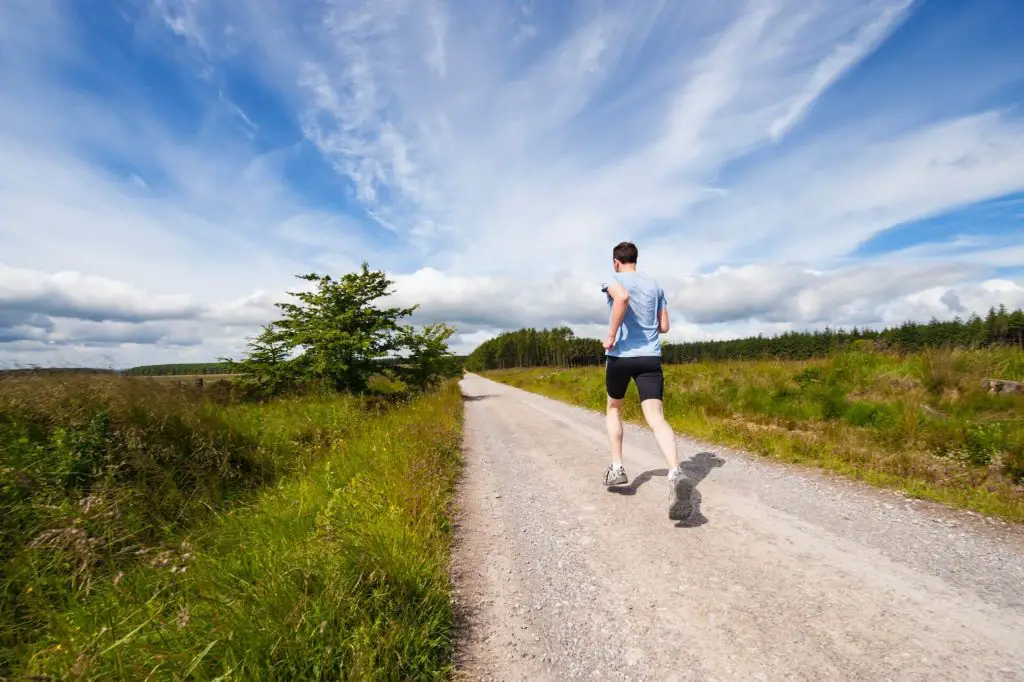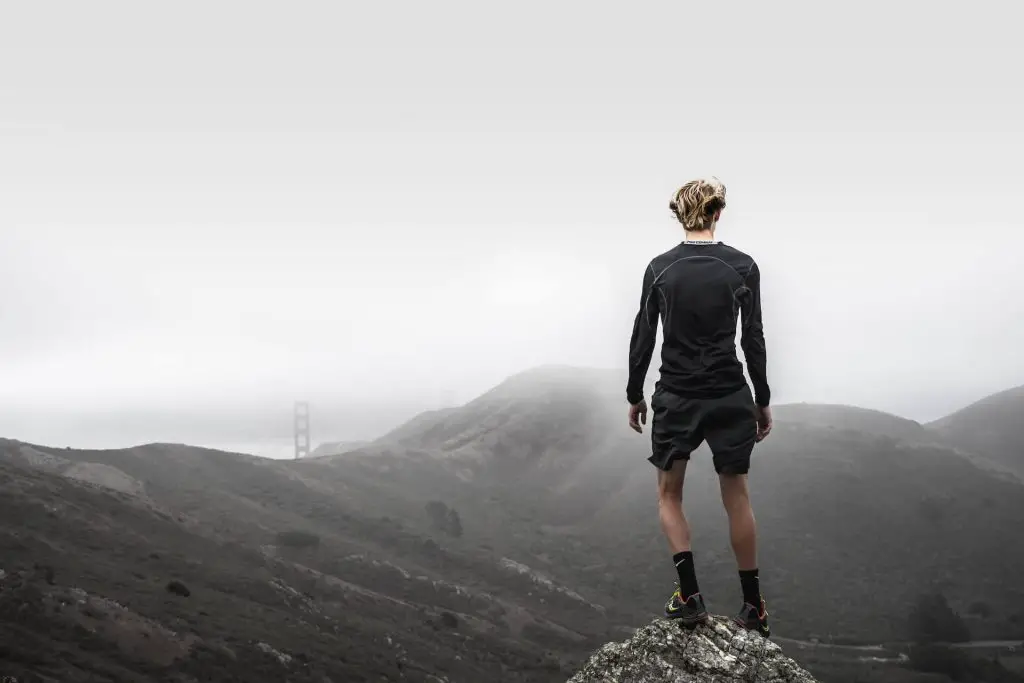
You are about to head on a hike, but you only have a pair of running shorts. Wearing your running shorts is quick and easy solution since you already own a pair, but some questions remain. Will these running shorts get the job done or should you wear something else? Will you be okay to wear your running shorts?
It is okay to wear running shorts to hike. Running shorts are flexible, breathable, and lightweight which make them perfect for hiking for most occasions. You can hike your hike with confidence in your running shorts on a sunny and dry day.
Wearing the right pants can help you hike more comfortably, but wearing the wrong pants can make a tough day into a very long one. While you can wear running shorts to hike there are some things to think about such as material, durability, and lack of protection. I used to wear running shorts to hike in, but eventually realized I needed to bring some extra things during my hikes. There were a few things I always carry on my hikes to make sure my legs are protected and I can hike comfortably.
Top Considerations Before You Wear Running Shorts to Hike
Material
Hiking is a strenuous activity and will push your legs to become sweaty and tired. The most important thing you if you are using running shorts to hike is the material. You want to completely avoid wearing cotton running shorts. Cotton is a bad choice when hiking because it absorbs moisture. As your legs sweat then moisture will build up on certain areas which can cause uncomfortable chafing on your thighs or groin area. If you are hiking and it rains then your pants will act like giant sponge if they are made of cotton.
The material that your running shorts should be made of is polyester. Polyester is fast drying and breathable. Polyester works very well on the trails as your pants encounter sweat from your body and potential rain on the trail. However, if it rains hard and your pants get soaked then you will be out of luck, so this is one of the major downfalls of using running shorts for hiking. You should definitely check the weather forecast to see if it will rain during your hike. You should also check trail conditions to see if it is muddy or snowy on your trail.
Moisture-wicking
The next thing you should have in your running shorts is if they are moisture wicking. Having the right material is a good start, but you need a way for your pants to help direct the sweat. Moisture wicking pants will help push the sweat away from your body. This will help keep your shorts dry and your body comfortable as you continue to hike on. If you did not have moisture wicking shorts then sweat would build up in certain areas of your legs and cause chafing or blisters.
Sun Protection
Another feature you should want in your running shorts is sun protection. There are running shorts with UPF protection to help protect your sun from the sun. With the sun beaming on your legs throughout your hike you can get sunburn, especially if you are hiking high up in the mountains. Getting UPF rated running shorts will allow you to skip putting sun block on your thighs and upper legs.
What Else You Should Bring If You Hike in Running Shorts
Bug Spray
If you have decided you will be hiking in running shorts then there are a few extra things you should bring to protect your body. THe first thing to bring is bug spray. Since your lower legs will be exposed then they will be the perfect target for any bugs you encounter on the trail. Having bug spray will help keep those pests away and your legs bite free. You should spray on your legs and pants to get maximum coverage.
Ben’s 30 Bug Repellent on Amazon
Hiking Socks or Running Socks
Although you have just now decided on running shorts, another question on your mind might be if running socks are okay. As long as they are moisture wicking and not cotton you should be good to wear them. The same issues apply for cotton and non-moisture wicking socks where sweat from your feet will build up and moist areas. For every step you take your feet will rub against the sock which can lead to nasty blisters.
The downside to running socks is that they are not as protective as hiking socks. Hiking socks have extra cushion to help prevent hot spots while hiking. You should eventually try out a pair of wool hiking socks so you can see the difference and improved comfort. I used to wear running socks to hike and when I finally made the switch to hiking socks I wish i did did so sooner.
Darn Tough Wool Hiking Socks on Amazon
Poncho or Rain Jacket
Your running shorts are probably not waterproof. In the event of rain you will become soaked and incredibly uncomfortable. If you are hiking in colder weather or at high altitude this can lead to hypothermia. To help your body stay dry you should also bring a rain poncho or a large rain jacket. These items will help keep you dry and out of the rain.
Frog Togg Ultra Lite Rain Poncho on Amazon
Sunblock
Your legs are the drivers of your hike, so you should bring sunblock to help protect them from the sun. Being out on the trail for hours can easily lead to sunburn on your legs. A small bit of sunblock will go along way to help keep your legs sunburn-free.
Hat
You got your legs covered with bug spray, sun block, and the right socks for your feet, but you should also protect your head. If you are hiking during cold weather than bring a hat or a beanie to help keep your head warm. If you are hiking during a warm and sunny day than bring a hat for protection from the sun. Being in the sun with no hat for many hours can completely sap your energy and morale. Having a hat to help shade your head and face will make a huge difference.
Final Thoughts
Hiking in running shorts is a great choice if you know you’ll have good weather. They are lightweight, breathable, and flexible which will make your legs very comfortable during your hike. However, now you know that running shorts aren’t good for all occasions of hiking and not all running shorts are created equal. Having running shorts that are moisture wicking, made of polyester, and have sun protection are must haves for a hike.
Bringing a few extra things while wearing your running shorts will be enough to be prepared for the many elements that nature will throw at you. Protecting your legs with bug spray and sun block are a must. Protecting your body with a poncho or rain gear, a hat, and the right socks are also needed. Now you know the other things you should bring alongside your running shorts so you can have a good hike. Enjoy your hike in your running shorts!

